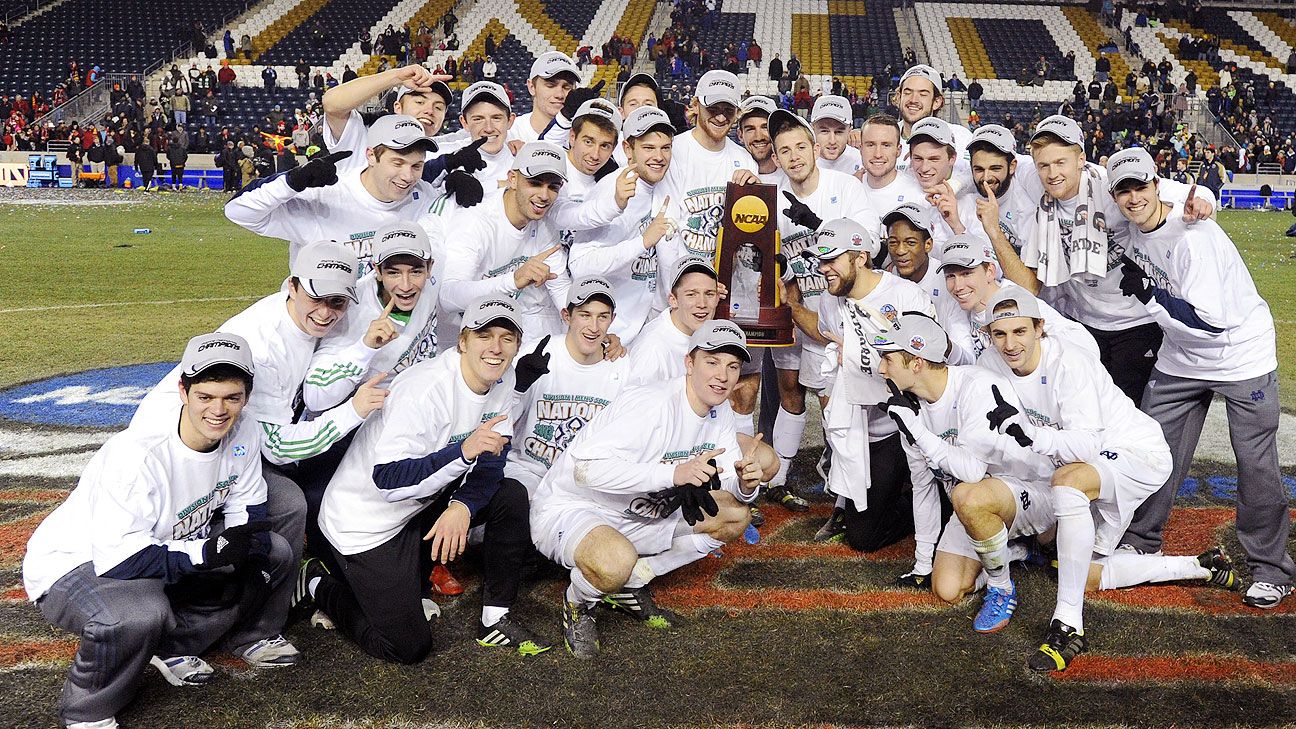

His full life ended too quickly when he died of a sudden heart attack at 56 years old in the rectory of his parish on August 19, 1940. He was a prison chaplain at Sing Sing and was also given the responsibility of heading the archdiocesan commission of church music. Augustine’s parish in Ossining, which happens to be the home parish of this writer. In addition to teaching philosophy and plain chant, he was later appointed professor of dogmatic theology.įather Shea’s 33-year tenure as professor at the seminary ended on June 4, 1938, when he was appointed to the pastorate of St. Father Shea returned to New York in the summer of 1915 to take up his teaching position at the seminary. He took special courses in chant under the Benedictines on the Isle of Wight in England and at the Pontifical School of Plain Chant in Rome.

Before his assignment to Dunwoodie to teach junior philosophy and direct plain chant, he was sent for further studies in Europe. His knowledge of music was noticed and put to good use in the formation of the future priests of the Archdiocese of New York. Patrick’s Cathedral for a year and a half after his ordination. He was ordained on June 1, 1912, and served as an assistant at St. His brother Michael, however, after resigning from his teaching position at Notre Dame, which he held for five years after his graduation, came to New York in 1909 to study for the priesthood at St. John Shea would return to his hometown in Massachusetts to become a state senator before his death in 1965. Atop the dome is a 19-foot-tall, 4,000-pound statue of Mary, the Mother of God-Notre Dame, that is, Our Lady. The “Victory March” was first performed publicly on Notre Dame’s campus on Easter Sunday morning 1909 in the rotunda of the main administrative building beneath the famous Golden Dome-the centerpiece of Notre Dame’s campus. Michael was invited to play it on the organ of the church where its energetic rhythm and tempo rang out for the first of countless times. Michael had met his old teacher who was an organist at the Second Congregational Church and told him about the new song. It debuted, of all places, in a Protestant church in the brother’s hometown of Holyoke, Mass.

Their composition was completed and copyrighted in 1908. Michael went to work writing the music while John came up with the lyrics. The Shea brothers, who both graduated from Notre Dame, Michael in 1905 and John in 1906, set out to provide their beloved alma mater with a fight song that could rival the University of Michigan’s famed “The Victors” composed by Louis Elbel in 1898. William Studwell was an expert on American carols, and in his book, “College Fight Songs: An Annotated Anthology,” he ranks the “Victory March” as number one among his top 25. With its energetic rhythm, tempo and lyrics, it is the most recognized, performed and borrowed of them all. “Notre Dame Victory March” is considered the greatest of all university fight songs. It may be surprising for us to learn, however, that it was written by one of our own, Father Michael J. Given what we know about the Catholic culture of this university’s football team, we should not be surprised to know that the music to the famous song was written by a priest. Perhaps the most iconic element of Notre Dame athletics is its fight song, “Notre Dame Victory March.” It is, without a doubt, the most recognizable collegiate fight song in the nation. Father O’Malley, played by Crosby, notices a commotion being made outside the rectory and asks: “What’s all the excitement? Did Notre Dame win another one?”Īs the college football season unfolds, it’s as good a time as any to recall a very interesting connection between this iconic football program and our own Archdiocese of New York. Mary’s,” the highest-grossing film of 1945, starring Bing Crosby and Ingrid Bergman.

The Fighting Irish football team has a palpable Catholic culture-the famous mural of Christ as the Word of Life on the facade of the university library nicknamed “Touchdown Jesus” looms over the stadium, a priest-chaplain can always be seen on the sidelines, and game days on campus begin with the Rosary and end with Mass.Īn example of the invested interest the wider American Catholic culture has in Notre Dame football comes from a charming scene in “The Bells of St. The University of Notre Dame has one of the most successful and popular programs in college football.


 0 kommentar(er)
0 kommentar(er)
